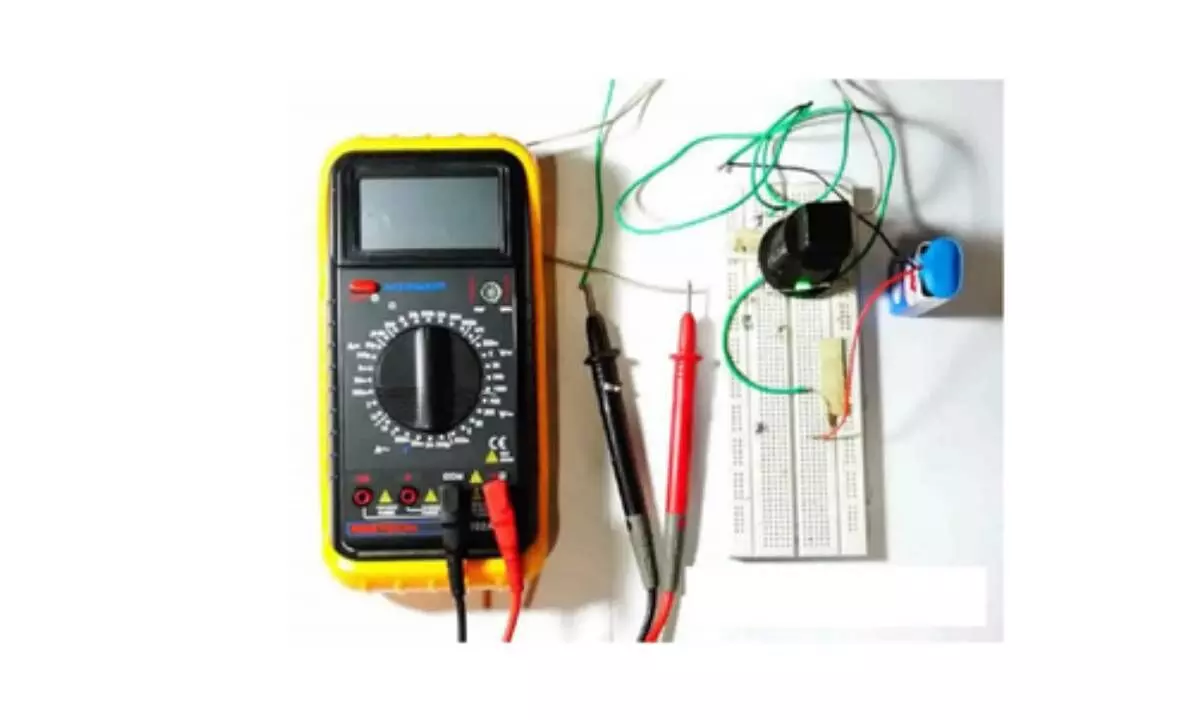IIT Guwahati researchers develop low cost 3D device to identify UTI
Urinary tract infection (UTI) cases remain undetected due to lack of adequate infrastructure, high cost of testing and time
image for illustrative purpose

Guwahati Researchers Indian Institute of Technology (IIT) Guwahati have developed a fast, accurate, and reliable device to detect specific bacteria that cause urinary tract infection (UTI).
The novel device can measure and identify the type of bacteria in a UTI suspected patient in 5 minutes compared to conventional detection, which uses urine culture that requires a few days.
Importantly, the device is cost effective and can be useful for rural areas where most UTI cases remain undetected due to lack of adequate testing facilities. The estimated cost of manufacturing the device is Rs 608 while testing a single sample will cost Rs 8 only, the institute said in a statement.
UTI is a common health issue worldwide including in India. It is prevalent in females especially during pregnancy and is caused by various bacteria. The most common symptom of UTI is burning or pain when urinating along with a strong urge to urinate frequently. This can result in serious health problems if the infection spreads to the kidneys.
In many rural areas, UTI cases remain undetected due to lack of adequate infrastructure, high cost of testing and time. "Early-stage detection of UTI is important to provide timely treatment. The Point-Of-Care Testing (POCT) prototype developed at IIT Guwahati is a photodetector that detects and quantifies a specific UTI-causing bacteria called Klebsiella pneumoniae within five minutes from a patient’s urine sample," said Dr Partho Sarathi Gooh Pattader, Associate Professor, Department of Chemical Engineering, IIT Guwahati, in the statement.
"The detection of Klebsiella pneumoniae is important not only because this bacteria is responsible for UTI, but also for pneumonia and for the infection of soft tissue," he added. Details of the prototype device are described in the peer-reviewed journal ACS Applied Bio Materials.
The conventional way to diagnose and detect the specific bacteria is by urine culture, which takes a minimum of two days.

